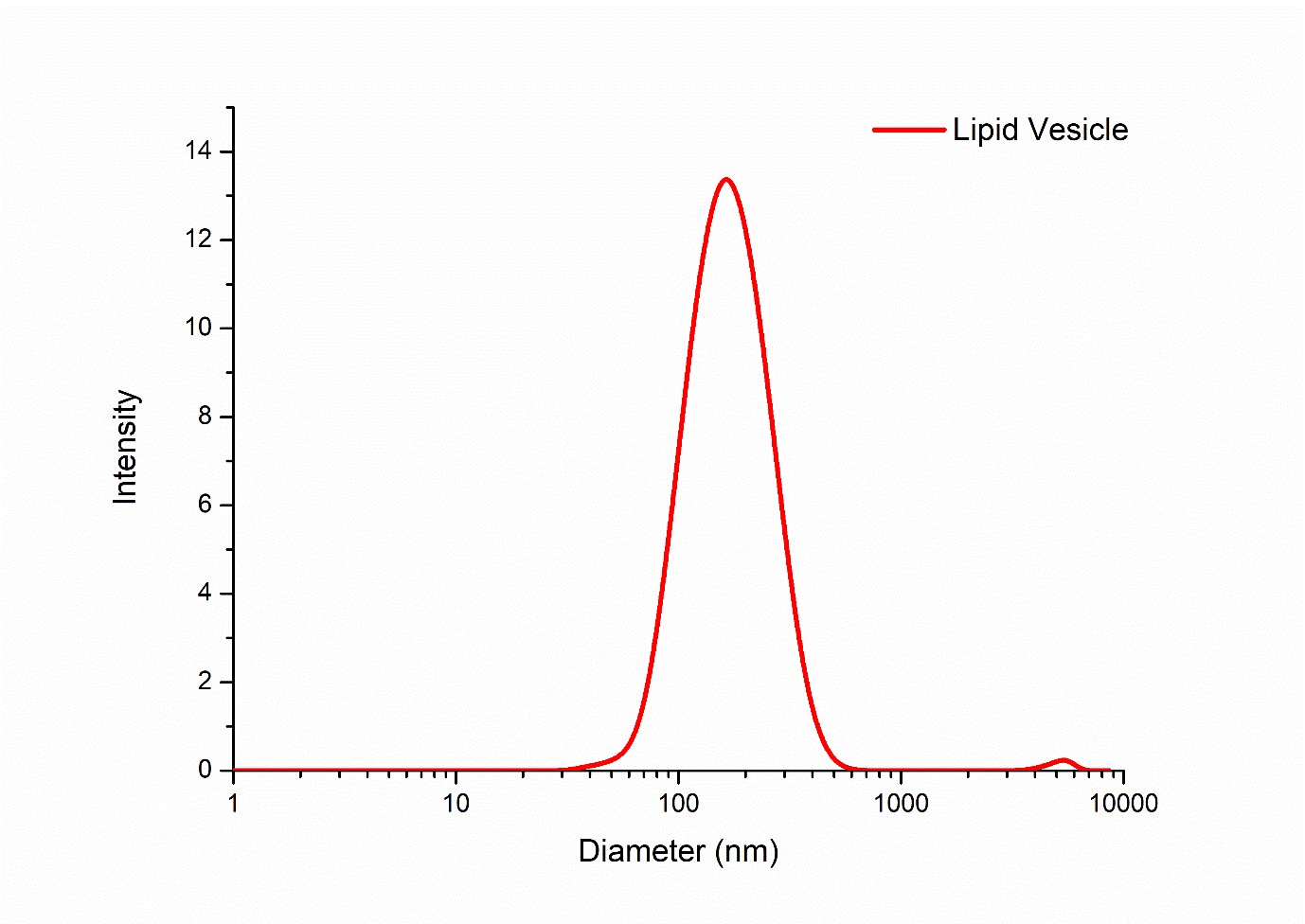Dynamic Light scattering and Zeta potential
-
Name of the equipment/facility: Dynamic Light scattering and Zeta potential
-
Model: Malvern Zetasizer Nano-ZS ZEN 3600 with MPT 2
-
Working Principle : The Zetasizer Nano ZS, use the patented Non-Invasive Back-Scatter (NIBS) technology which illuminates a larger number of particles and uses efficient fibre detection, giving 100 times the sensitivity of conventional optics. Measuring a larger number of particles eliminates number fluctuations, giving a more stable signal and significantly increasing the largest particle size that can be measured. The charge or zeta potential of particles and molecules is determined by measuring their velocity while they are moving due to electrophoresis. Particles and molecules that have a zeta potential will migrate towards an electrode if a field is applied. The speed they move is proportional to the field strength and their zeta potential. If the field strength is known, the speed of movement is measured, using laser Doppler electrophoresis, and then apply established theories to calculate the zeta potential.
Technical specification & Applications:
- Temperature control range: 0oC to 90oC +/- 0.1oC
- Condensation control: Purge using dry air
- Standard laser 4mW, 633nm
- Correlator: 25ns to 8000s, max 4000 channels
- Sensitivity in size measurement (Toluene kcps): 150
- Range (Maximum diameter): 0.3nm - 10 microns
- Min sample volume: 12μL
- Min concentration, protein: 0.1mg/mL 15kDa
- Min concentration, forward angle: 10mg/mL 66kDa protein
- Max concentration: 40% w/v
- Measurement angles: 13o + 173o
- Analysis algorithms: General purpose NNLS, multiple narrow modes, protein
- Zeta potential Sensitivity: 10mg/mL 66kDa protein
- Zeta potential range: > +/-500mV
- Mobility range: > +/- 20 μ.cm/V.s
- Maximum sample concentration: 40% w/v
- Minimum sample volume (using diffusion barrier): 20μL
- Maximum sample conductivity: 200mS/cm
- Signal processing: M3-PALS
- Molecular weight range (estimated from DLS): <1000Da - 2 x107 Da
- Molecular weight range (Debye plot): <1000Da - 2 x 107 Da
- Solvent compatibility: Aqueous samples.
- Minimum sample volume: 5mL.
- Applications: Molecular size, Molecular weight, Particle size, Zeta potential, isoelectric point of proteins, Nano-medicine, Biochemistry, Material Research.
Photographs of the Scientific Results:




